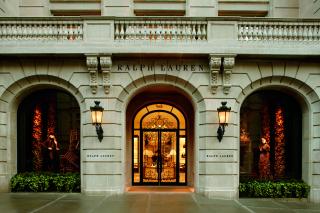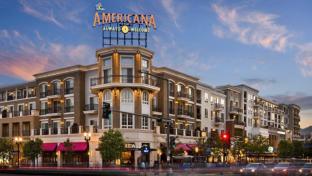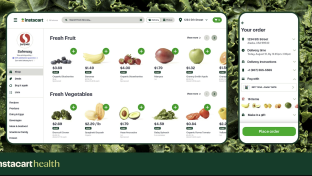Ralph Lauren in ‘solid’ Q1; prices continue to rise

Ralph Lauren Corp. reported first-quarter earnings and sales that beat Street estimates amid growth in international markets but weakness at home.
The report comes as Ralph Lauren continues to raise prices to elevate its brand. Earlier this month, the company increased the average unit retail (AUR) across its direct-to-consumer network by 15%, following an 8% increase last year.
Net income rose 7% to $132.1 million, or $1.96 a diluted share, for the quarter ended July 1, from $123.4 million, or $1.73 a share, in the year-ago period. Adjusted earnings per share were $2.34, topping analsyts’ estimates of $2.14 per share.
Total revenue edged up to $1.5 billion from $1.49 billion. Analysts were expecting a slight decline in sales.
Revenues in North America declined 10% to $632 million, with about half of that coming from a shift of spring receipts into the fourth quarter of last year as the company normalized its timing post pandemic. Revenues in Europe rose 8% to $450 million. Asia revenue jumped 13% to $378 million.
Comparable store sales in North America were down 6%, with an 8% drop in digital commerce and a 5% decrease in physical stores.
"Our solid first quarter performance highlights the unique power and relevance of our iconic brand with consumers around the world along with our diversified engines of growth, and we are reaffirming our full year outlook," said Patrice Louvet, president and CEO. "As we continue to execute on our Next Great Chapter: Accelerate plan, our teams are staying true to our creative vision while remaining agile and focused on what we can control in the context of a choppy environment."
Inventory at the end of the first quarter was $1.2 billion, up 47% compared to the prior year period. The growth primarily reflected higher increases in goods-in-transit to mitigate global supply chain delays and meet strong consumer demand along with continued elevation in product mix, the company said.



